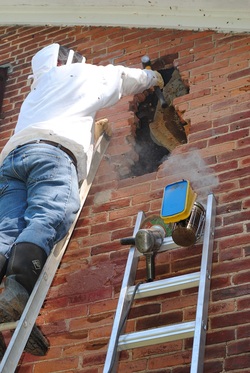 "Go big or go home." I've heard that saying a lot over the years and never really thought it applied to many of my personal endeavors. In retrospect I think that may be an appropriate description of this past Sunday's adventure. This weekend we went on our first honeybee colony cutout call. "Cutout" is the term used to describe to process of removing an established bee colony from a building or structure. You literally cut (or bash or pry) open the walls or ceiling of the structure and remove the comb and bees. Our cutout came as a response to an email sent by our beekeeper's club.
A woman in a nearby neighborhood had a honeybee colony that had taken up residence inside the brick walls of her home. She believed that they had moved in as a swarm earlier this spring. She wasn't having much luck finding someone that would remove the bees without killing them. One of the officers in the club sent us a inquiry asking if we would be willing to assist her. We had some spare time available on Sunday so I (perhaps in a moment of insanity) offered to drive by her home and assess the situation.
The colony had established itself inside an old walled off chimney cavity in the brick home. The cavity was about 24 inches wide by 12 inches deep and two stories tall. An all around perfect home for a colony of honeybees. The brick and mortar up the cavity were riddled with small openings and the bees were using two or three of them as an entrance. The primary entrance was about 12 feet off the ground where a section of mortar had fallen out.
While I'm trying to learn the art of beekeeping, a carpenter I am not! I told her she had a few options. She could call a professional cutout and removal service that would remove the bees and repair the structure. I'm no pro at this but I estimated it would likely cost in the range of $500 and could be up to $1000 depending on the size of the colony and repair job. I am not aware of one in our county but there are a few listed in the broader metro area. I then volunteered to help remove the bees if she was okay with me simply tearing away the deteriorating brick covering that part of the abandoned chimney cavity. She would need to contact a mason on her own to manage the repairs once the site was bee-free. I wanted to get the experience of a cutout while attempting to help anyone interested in saving vs. destroying the bees. She jumped on the deal.
Sunday morning my wife and I trooped over to her home to get started removing the "3 to 4 week old swarm" that was in the wall. The first small opening revealed the bottom of the combs. Layer after layer of brick came out while larger areas of comb were exposed. After 30 minutes on the job it became clear this wasn't a late spring swarm. These girls have been busy building up their home for at least a couple of years. After more than an hour of opening the wall we exposed 6 combs about 3 feet tall by 10 to 12 inches wide. They were much better carpenters than me and you can't help but admire the beauty of their handiwork. I started Sunday expecting to collect a meager box of bees and left with a deep box full of brood, honey and bees.
Had I known that this colony had been established for several years I suspect I wouldn't have agreed to help so eagerly. But as they say, "go big or go home." Experience is what I wanted, and experience is what I got. The cutout went smoothly despite some of my rookie mistakes. I have not yet spotted the queen to confirm that she survived the extraction. I suspect we'll know in a few days upon inspection if she is there or if the colony is attempting to build emergency queen cells on some of those eggs in the brood comb. I had to make 3 follow up trips to collect more bees and I inadvertently dropped many down the chimney cavity whilst trying to collect them for transport. The homeowner had a great attitude and I suspect she'll end up becoming a beekeeper, albeit with bees in a hive instead of her home. And finally my wife was on board for the experience and was a cheerful co-conspirator in spite of having a brick dropped on her foot from above by yours truly. Most spouses would have considered the idea outright madness. She not only supported the idea, she was as deep in those bees as I was. For that I am truly a fortunate man.
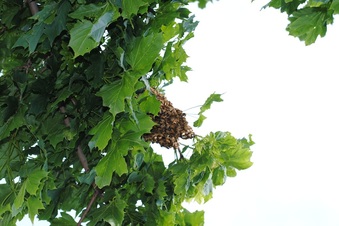 One of the rights of passage for a beekeeper is the swarm call. That's the call from a neighbor, friend, or random citizen to announce that they have a swarm on a tree (or swing, building, lamppost) inciting terror in passersby. The caller is usually looking for someone to remove the perceived threat and may have first summoned an exterminator only to learn to exterminators can only kill honeybee swarms under extreme circumstances in most states. The reality is that swarms (of non-africanized bees) are incredibly docile and a true wonder of nature.
This week we got our first swarm call and passed our initiation into the world of beekeeping. Our call came from our mentor and president of the local beekeepers club. A small swarm had set up temporary residence on a tree in the parking lot outside the main entrance of a local food processing plant. The company's pest management firm had contacted the beekeepers association to identify a local resource to remove the swarm. We turned out to be the closest club members to the location and were known to be looking to add a second colony to our apiary. After a quick call to the business facilities team we scheduled to attempt the swarm collection late afternoon / early evening if the swarm hadn't relocated by then.
Upon arrival at the site we set up a light colored sheet underneath the swarm, placed a 5 frame Nuc box on the sheet, donned our gear and got about our business. The process of removing the swarm was simple enough. We misted the swarm and the entrance to the Nuc box with a 1:1 mixture of sugar and water, climbed a step ladder, pulled down the branch containing the swarm as low as possible, and gave it a couple of quick hard shakes. Most of the bees fell onto the sheet just in front of the waiting box. Almost immediately a few of the girls entered the Nuc, came back outside and began emitting pheromone to let the confused bees reorganize in front of the box. After a few minutes the entire colony formed a chain and began walking collectively into our waiting hive box. A large group of bees toward the rear of the train continued to signal for bees flying in the air or returning to the tree to join the swarm on the ground. At this point our job was to simply wait for the bees to walk into their new home. Most of the workers at the plant were now leaving for the evening and we had many employees curious about the swarm and the collection process. We spent about an hour at the plant mostly answering questions about bees, beekeeping, and swarms from the employees.
After an hour most of the bees had settled into the Nuc. We stapled some 1/8" hardware screen over the entrance, secured the body, lid and bottom together, loaded the Nuc into the pickup truck and headed back to the farm. We placed the box in our bee yard, performed a quick scan to spot the queen, provided a few frames of existing drawn comb, and added a quart of sugar syrup via a top feeder to assist them drawing new comb on foundation. Since this was an after swarm, our queen likely still needs to make her mating flight. We'll keep the ladies fed and check back in a few weeks when she should be busy laying eggs.
It has been an exciting first month for us as beekeepers. We got into the beekeeping hobby the old fashioned way - collecting and capturing swarms. It has been an interesting journey and we wouldn't have it any other way!
Last week I shared our anticipation and disappointment with unsuccessful efforts to trap a bee swarm. What a difference a week makes.
This past Saturday the lovely ladies (all worker bees are female) were back scouting our trap. After our experience last week we withheld our excitement. Upon checking Saturday evening and again on Sunday afternoon, the scouts were gone with no new residents. Monday revealed an empty trap and Tuesday turned cloudy and cool, not a bee favorite. I questioned the worth of expended effort to check the trap so imagine my surprise at the discovery that a swarm had taken up residence! A quick check in the trap confirmed that a small swarm covering about 2 frames of foundation was busily unpacking the moving boxes. We are now amateur apiarists.
I immediately contacted our beekeeping mentor and established a plan for getting the colony into their permanent accommodations. It turns out that moving bees takes planning. Field bees have an incredible ability to find their way to and from their hive. They do this by orienting themselves to key landmarks; unique trees, buildings, the sun relative to the time of day and other physical characteristics of the local environment. Moving their home within the same neighborhood can lead to disaster. The field bees leave during the day but follow their old landmark cues back to a wrong address. Our beekeeping course introduced the concept of 2 feet of 2 miles. If you are going to move their home further than 2 feet, then move it more than 2 miles away, leave it for a few weeks, then move it back. These major relocations cause the field bees to completely reorient to the landscape and averts problems. It turned out that we needed to get that trap relocated immediately to our waiting bee yard or prepare for the 2 mile plan. Our bee yard was several hundred yards away from the trap location. However, if you move a swarm on the first evening or morning after swarming you can minimize the impact of this type of relocation since the field bees have not fully imprinted on the landscape. So we stapled some #8 1/8 inch hardware cloth over the cover of the swarm trap and moved it directly beside of the 5 frame Nuc box that would become their home. The hardware cloth was removed and the ladies were left for a few days to go about their work of drawing comb on frames with wax foundation. A quick check the next evening revealed only a few dozen bees at the trap area, the rest were returning to the bee yard.
Thursday evening was our first opportunity to get the ladies transferred into the Nuc. Completing the transfer provides us with a chance to feed the bees with sugar syrup (see photo) and pollen protein patties to help accelerate their wax production and population growth. We also wanted to get that trap back out in the field for other potential swarms that might emerge during this period of peak nectar flow. Transferring frames of bees is straightforward. Digging into a colony of bees for your first time is not. Over the past month we’ve taken the classes, read the books and watch countless YouTube videos to prepare for this day. In a word, it was “exhilarating!” After getting over our initial anxiety, PhD and I rolled down our sleeves, donned the veil and dug in. The photos below show some of the adventure. We both enjoyed the action and are looking forward to getting this colony strong and healthy. We may even trap another swarm if our luck and the weather cooperates.
This past weekend was full of excitement and anticipation around the farm as we waited anxiously for our swarm traps to instantly transform us from want-a-bees to beekeepers.
The concept of swarm trapping is simple enough. Honeybees swarm as a way of reproducing the colony, the bee superorganism. When pollen and nectar flows are high the bee population in the colony explodes. When space gets tight the colony begins preparations to split. Nurse bees begin rearing a new queen that will take over the existing home while the veteran queen and colony make plans to change their address. In preparation for the swarm, the colony sends out scouts to locate potential hive locations, up to ten days in advance of the swarm. Usually this entails searching around the forest for a tree with an empty cavity large enough to sustain a hive and secure enough to prevent leaking or honey theft. Modern research has identified some of the characteristics preferred by the scouts including a south facing entrance of 1.5 to 2 inches in diameter, a cavity size of 30 to 40 liters, and a location that is mostly shaded but easily visible. Existing drawn comb and the scent of occupation by a previous colony are other key attractions. This last bit is one reason that homes, barns, sheds or trees that have had earlier bee colonies removed often attract new swarms. The survival rate of unmanaged swarms is low and the production of honeycomb consumes tremendous resources that can't be stored away for winter reserves. The colony recognizes the value of preexisting comb and will happily leverage the "renovations" of prior residents.
A wise beekeeper can use this knowledge of the instinctive preferences of bees to create a near ideal home for the emerging swarm. Standard 10 frame and 8 frame deep Langstroth hive equipment with a fixed base, secure lid and adapted entrance easily meet the desired cavity depth. Many beekeepers will rotate their older equipment out of the bee yard and give it a new life for swarm trapping. A few frames of drawn comb can be tucked into the trap to convince them that this new home is complete with a recent master bedroom remodel. Finally you need a little bait. Most beekeepers today will use commercial swarm lures or lemon grass oil to attract the scouts. Apparently these compounds imitate the pheromones of a queen bee. Prior generations of beekeepers used peach tree leaves much the same. Again the concept is simple. Provide the bees an ideal home, wait for them to back up the moving van, then transport the trap back to your bee yard location. Sounds simple enough.
Well, Sunday we thought we were going into the beekeeping business. We had scout bee activity on all three of the swarm traps we borrowed from our mentor in the local bee club. One of the traps was literally "buzzing" with activity. There were bees wrestling and fighting just inside the entrance and on the front of the box. They would fall to the grass, separate, then return to the box. Some of them were obviously dying in the process. A quick internet search seemed to indicate that multiple colonies were interested in this particular trap and were arguing about which swarm was going to get the lease on that hot Manhattan apartment. It felt like watching an episode of Bee House Hunters; would they choose trap 1, trap 2 or trap 3. The YouTube video below shows a brief clip of their activity around the busiest trap.
Monday evening I returned to this trap fully expecting to fire up the smoker and transport our new farm hands back to the bee yard. But alas, my trap was un-sprung. No bees had taken up residence in the trap with no sign of bee activity in the area. I only had a few dead bee carcasses on the grass and video from my phone to convince me that it was not a dream.
We're visiting the traps frequently in case the swarms have been awaiting the arrival of those new young queens, but so far we're the ones left waiting. It turns out that catching bees is about like catching fish. We had a few nibbles and one strong bite, but for now nothing to bring home. The swarm season lasts until early July here in Ohio so that trap may spring yet. I can still dream of what may bee...
Most anyone interested in agriculture (industrial, organic or hobby), the world’s food supply, or nature conservation all agree that one of the biggest obstacles we face in feeding the world’s critters, be they wild, domestic or human, is fertility. I’m talking Mother Nature’s fertility, the ability of the earth to support and sustain life. Sustaining life on this planet is a complex system but at the heart of the system lie soil fertility and pollination.
Now that we’re full time residents on the farm, we want to build a family tradition of recognizing Earth Day by engaging in a project or activity to make a small difference on our tiny corner of the planet. It seemed appropriate for this year’s Earth Day activities that we focus on methods to help improve the fertility of our farm and its complex natural ecosystem. A series of earlier activities and events led to this year’s themes. In March the wife and I attended a Beginning Beekeeping Course from the West Central Ohio Beekeepers Association (WCOBA), and I read Sepp Holzer’s Permaculture: A Practical Guide to Small-Scale, Integrative Farming and Gardening.
During the beekeeping class we were introduced to the basics of beekeeping along with some basic scientific research on the challenges and possible solutions facing our nation’s most underappreciated farm hands. According to the information presented in the course, the number of bee colonies in the state of Ohio has dropped dramatically by over 90% from the peak in the 20th century, with similar decreases across the country. My grandfather lost most of his colonies during the mite infestations that hit late last century. I was also aware of the ongoing Colony Collapse Disorder losses creating a crisis for beekeepers. What surprised me most was the impact this is having on the portions of the agricultural industry that rely on pollinators. It turns out that there aren’t enough bees in the valleys of California to pollinate the almond orchards. There aren’t even enough bees in the state of California to pollinate the almonds. In fact, it takes half of the managed bee colonies in the entire United States to effectively pollinate California’s almonds. The almond industry and beekeepers collaborate to ship bee colonies from all over the country to place in the orchards for the month that the trees are in bloom. While we’re not attempting to save an industry here on our farm, we have noticed that our orchard trees have poor fruit set, our cucumbers are shaped like something from a Pablo Picasso painting, I can’t get a pumpkin vine to set to save my life, and I’ve resorted to hand pollinating some of the wild native fruit trees in the forest. All are indications of insufficient or ineffective pollinators. (My hand pollination efforts are both insufficient and ineffective.)
Our first project was to get homes ready for our pending prolific pollinators. We’ve finished the class, joined the local beekeepers club, read Bee-sentials by Larry Conner, and purchased our equipment. Our mentor in the club loaned us a few swarm traps to attempt to capture any feral swarms that emerge from the neighborhood forests and set us to task getting our equipment prepared for new residents. Yours truly engaged in copious hours of priming and painting boxes, my wife set about building frames and wax foundation (in a cashmere scarf no less, always important to be warm and fashionable) while the kids provided decoration and flair to finished supers.
The second activity involved planning and preparation for a future vineyard. Yes, I have unrealistic dreams of establishing a few plots of vines for wines here on the south facing hills. Rieslings and Pinots will grow in our climate, but the soil on those hills is a long way from having enough fertility to support a vineyard. So I plan to unleash the goats on the invasive honeysuckle, trim what they can’t reach, plant lupine and white clover as a green manure crop. Once the goats have finished their work, I may be able to rotate the ponies and chickens through to add their contributions. Building soil using this method may take several years, but according to Sepp Holzer this builds a natural, healthy, fertile soil that will outperform any chemically doctored plot.
We’re hoping to capture a swarm this spring. If we do, the colony will get to move into a well adorned pollinator palace thanks to my daughters. If our traps aren’t successful, we’ll plan to purchase a few split colonies from one of the mentors in the beekeepers club come June. There will be lots of learning and rookie mistakes trying to get them through the winter, but I’m hopeful we’ll have better fruit set, normal cucumbers and perhaps a pumpkin or two by next summer. In the meantime I’ve got portable goat fence to move, brush to clear and lupine/clover to plant to build some soil while I dream about that future vineyard.
|

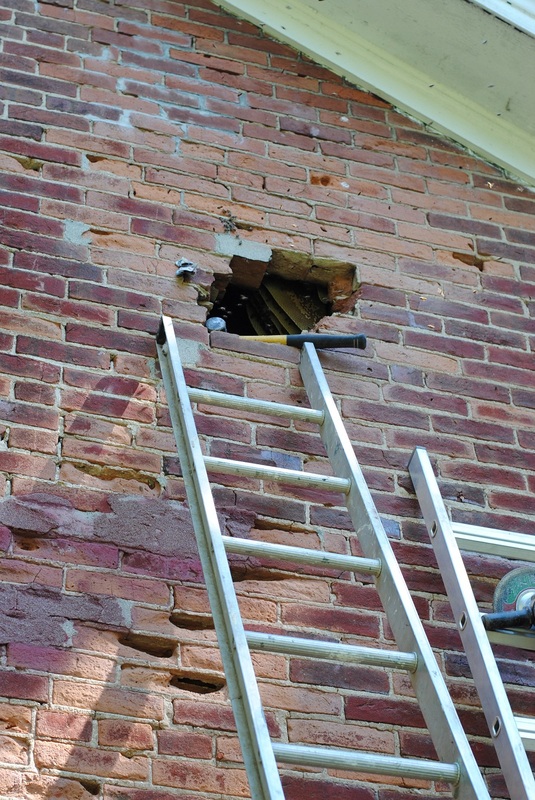
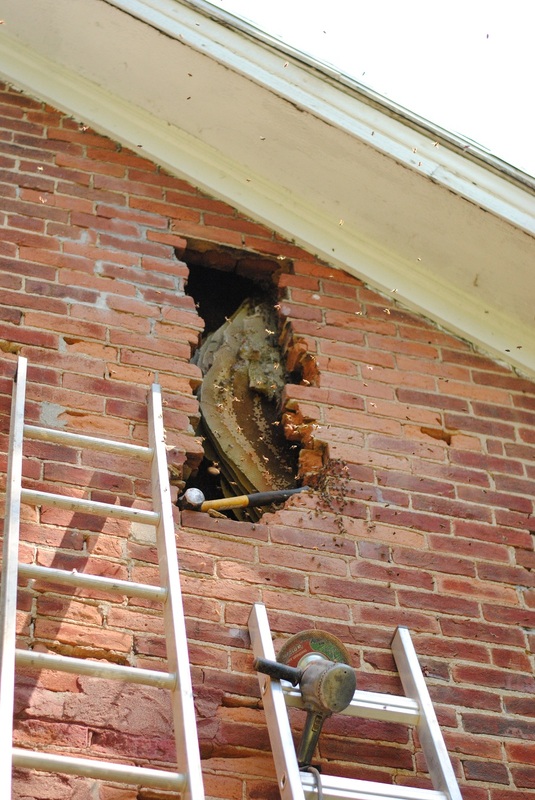
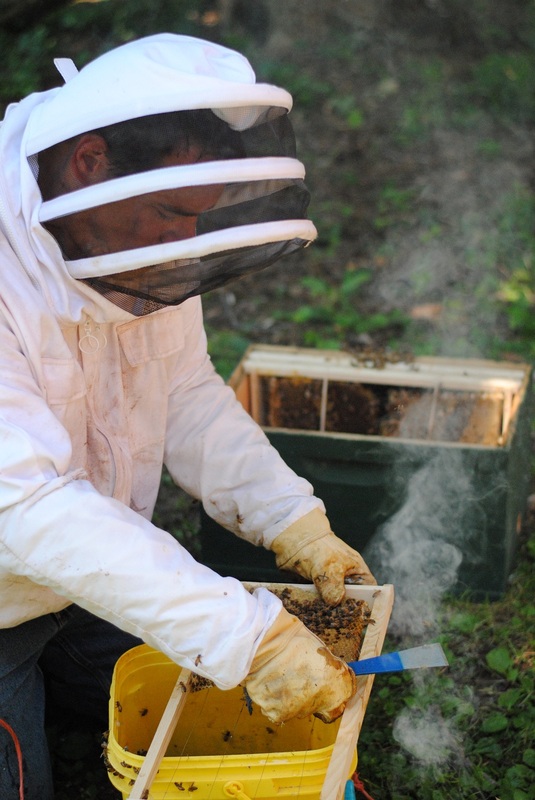

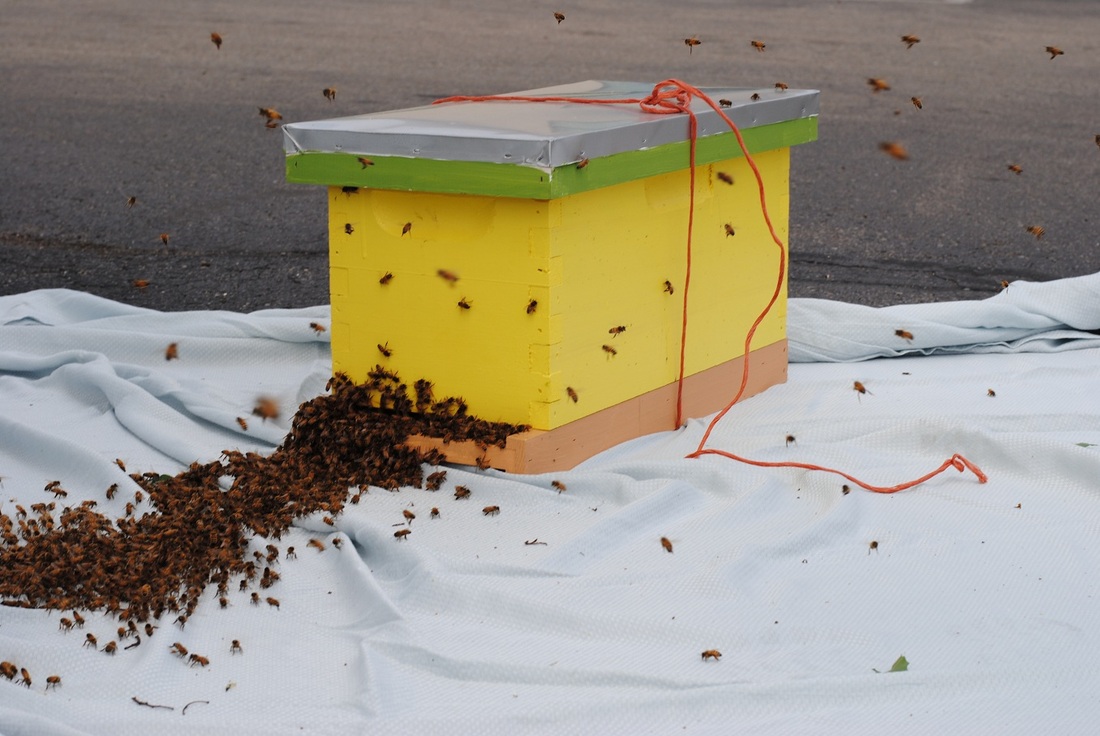
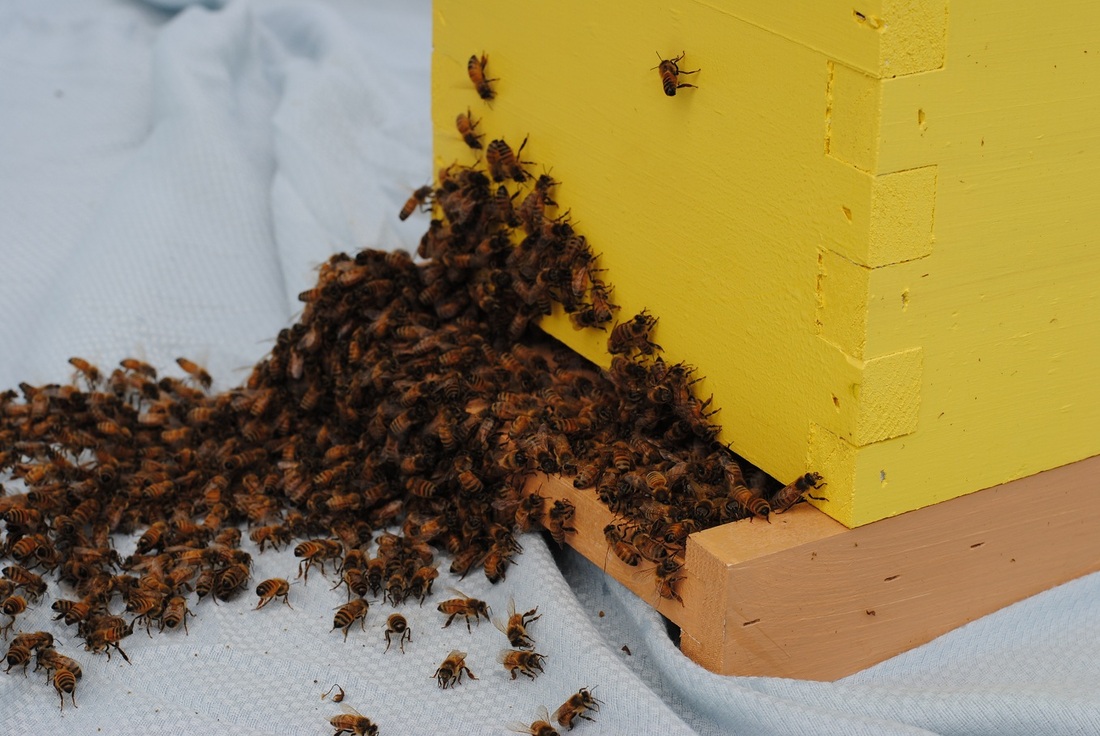

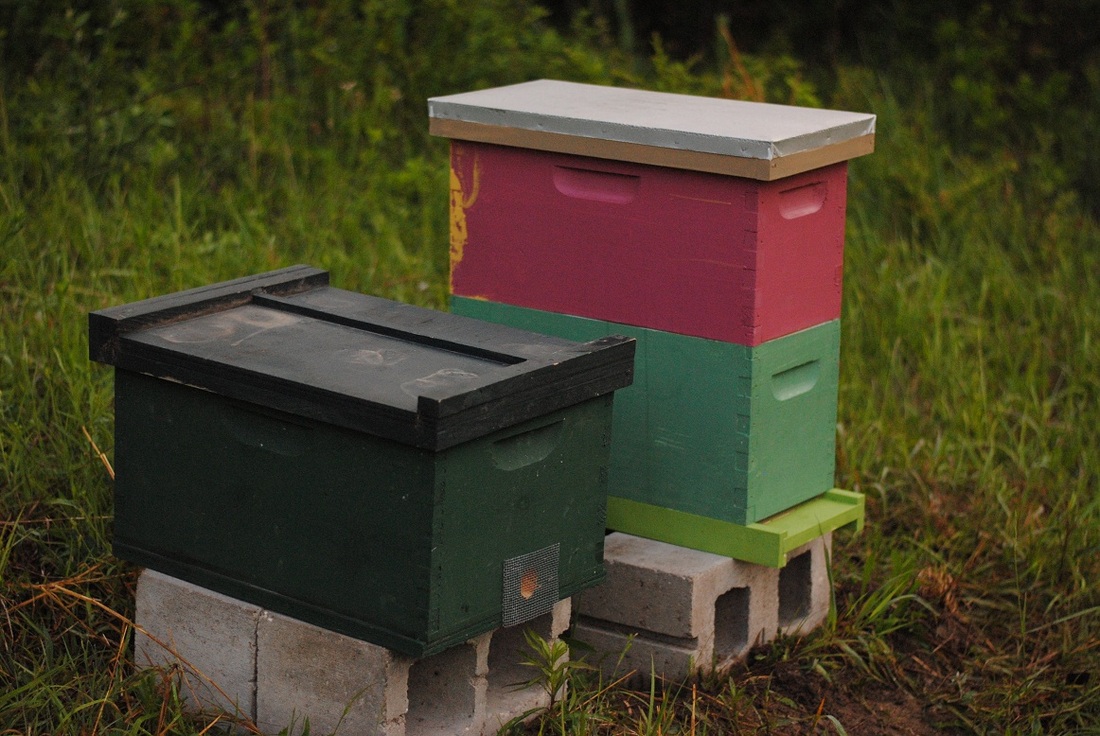
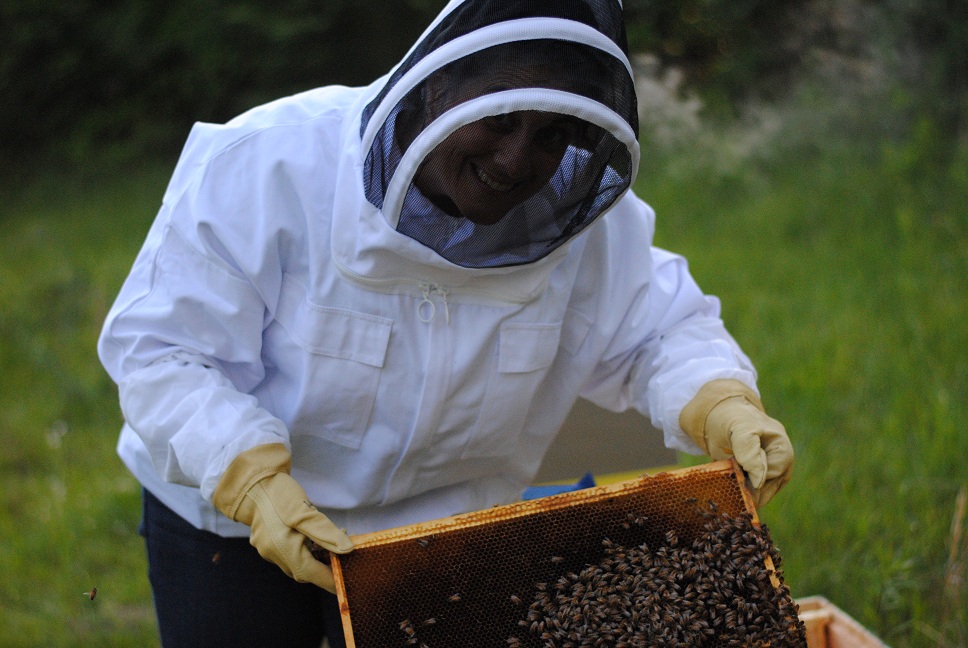
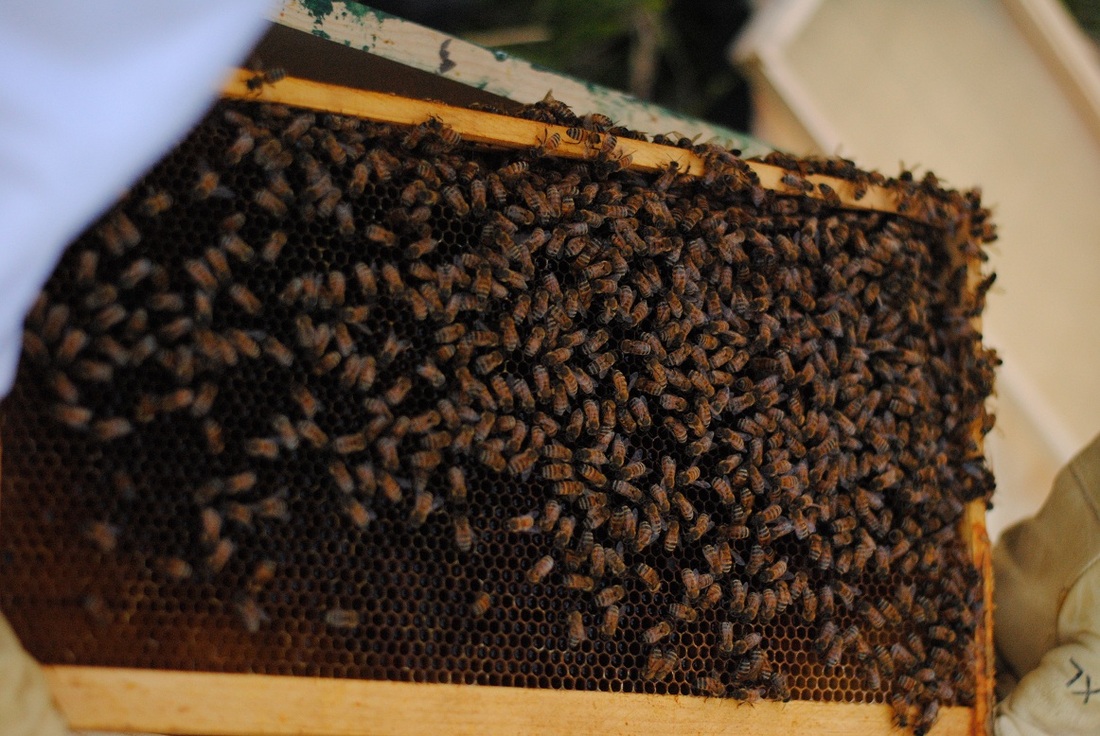
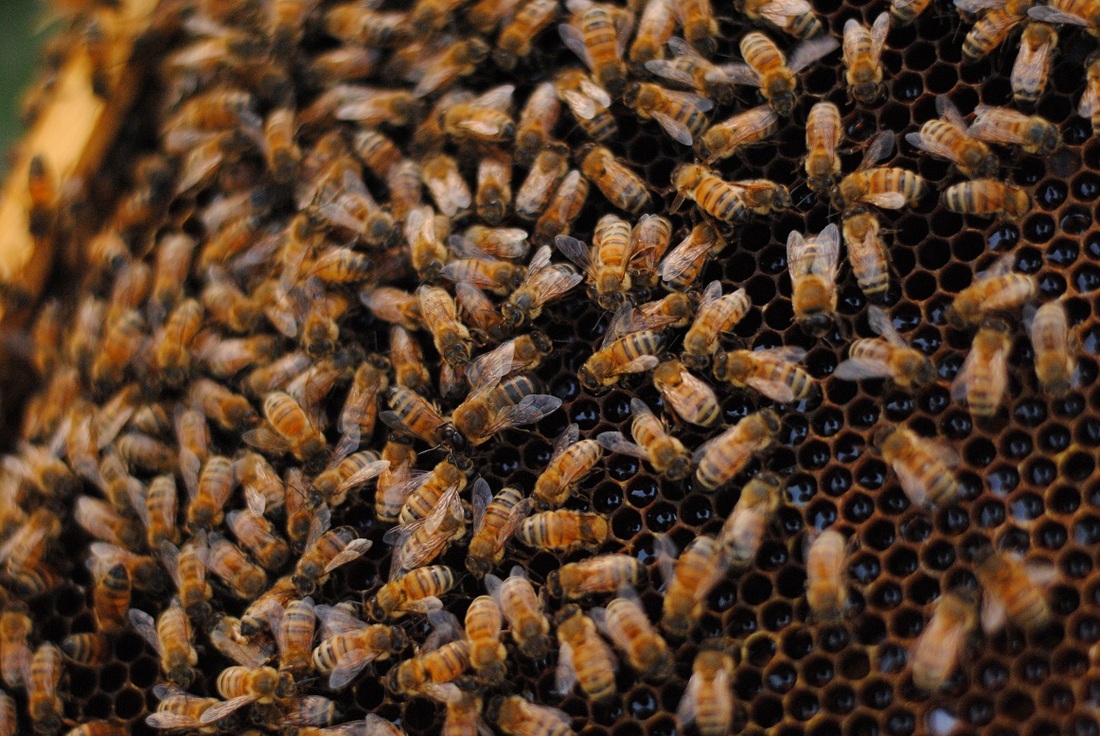
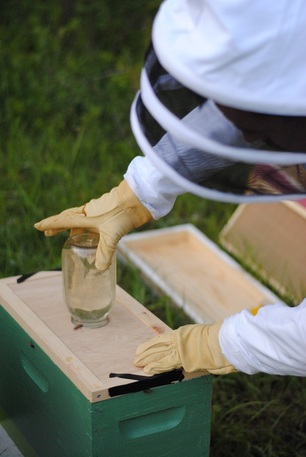

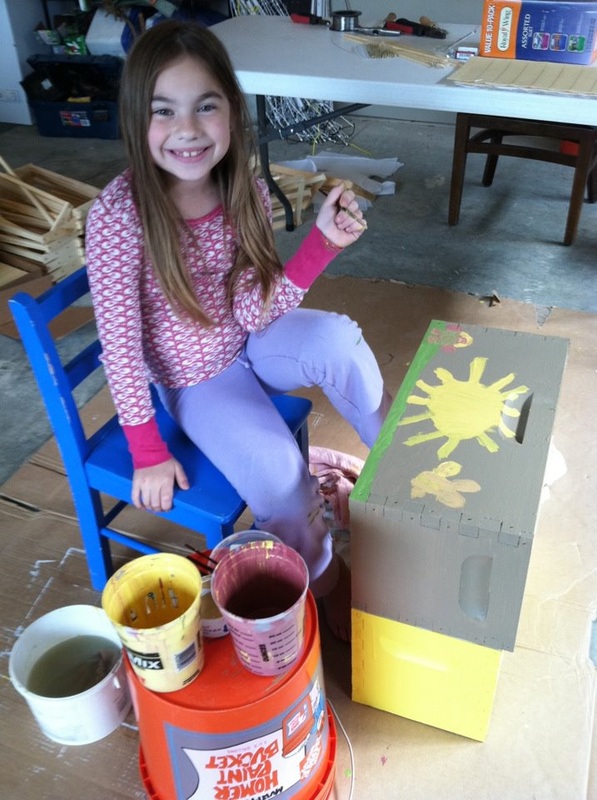
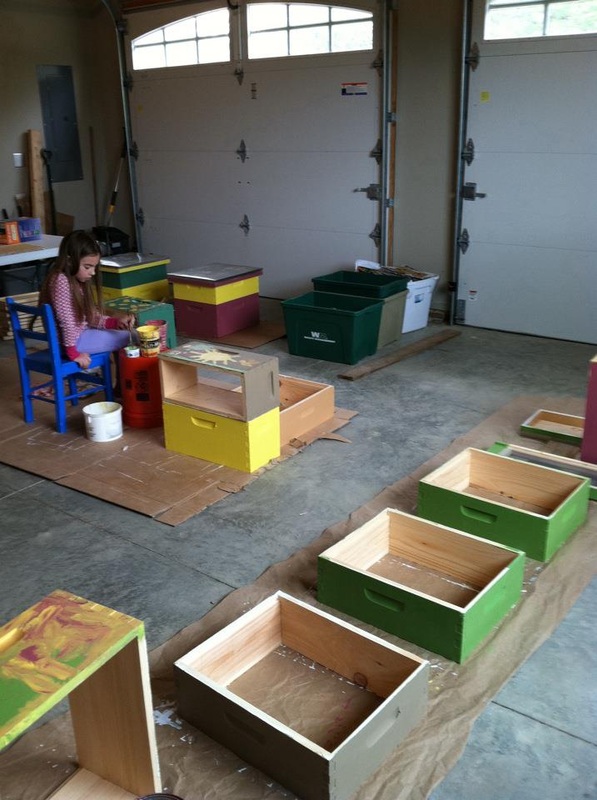

 RSS Feed
RSS Feed